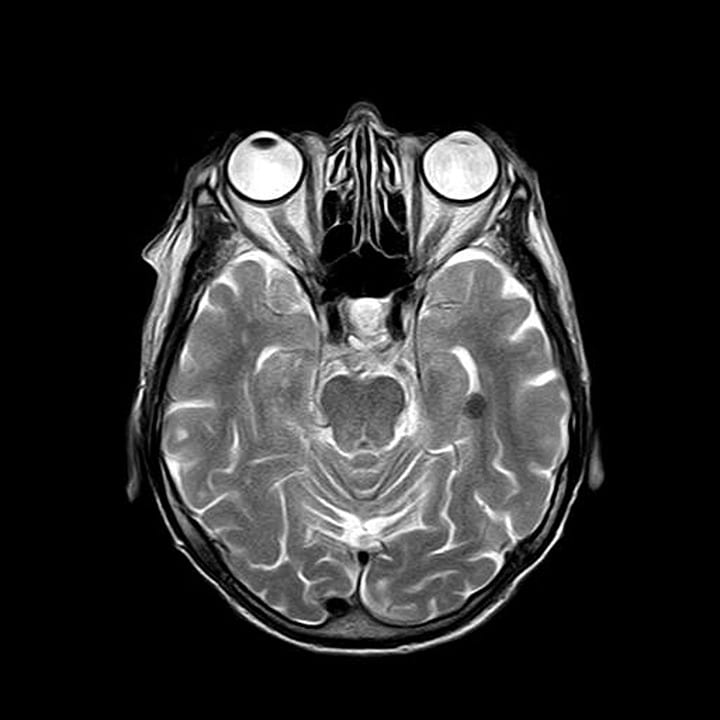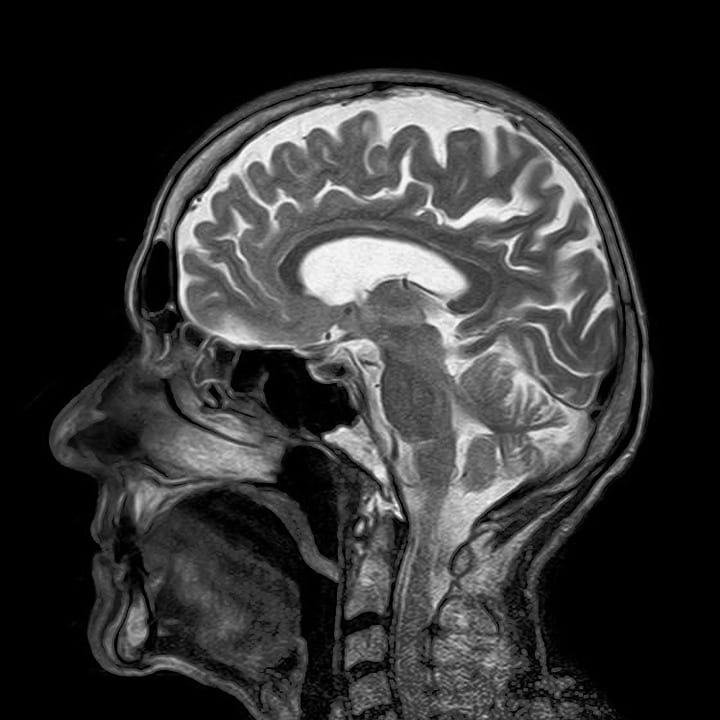Trending Now
If you’ve faced depression or struggled to help a loved one through a diagnosis and treatment plan, you know how frustrating it can be to try to get out in front of symptoms. Well scientists now think they might have a new clue, and it lies in the fact that everyone’s brains act and respond differently to depression and its treatment protocols.

Image Credit: Pixabay
Unlike physical ailments, mental illnesses can’t be diagnosed by physical signs. Doctors rely instead on patients’ behaviors and feelings (as relayed to them), and since many illnesses can generate similar or identical symptoms – and the same illness can manifest different symptoms depending on the patient – the path to finding a treatment regimen that works can be long and winding.
Scientists believe that they’ve now found neurological evidence – physical evidence – that there are four subtypes of what we call depression, which could someday assist doctors in selecting the right treatment from the get-go.
The research was published in Nature Medicine, and co-author Conor Liston talked about the findings in Scientific American:
“What we call ‘depression’ is an experience that likely has many different causes. The fact that we lump people together like this has been a big obstacle in understanding the neurobiology of depression.”

Image Credit: Pixabay
The group analyzed MRI scans from 17 global research sites that included 1188 people, 40% of whom had been diagnosed with depression. They were able to study 258 brain regions in each person and found the expected differences in the brains of people who had depression and those who did not.
Finding the “subtypes” among people with depression, though, was a surprise.
Even better? The subtypes seem to correspond to reported symptoms – patients in subtypes 1 and 2 reported fatigue as a major symptom of their depression, while subtypes 3 and 4 were more plagued by an inability to feel pleasure.

Image Credit: Pixabay
They also responded differently to treatment techniques. People whose brains lit up as subtype 1 were more likely to experience relief with transcranial magnetic stimulation, which could mean there would be no need for them to take pharmaceuticals at all.
These are preliminary findings, but the authors and others are hopeful they at the very least prove that depression “is not just one biological thing,” which might encourage doctors to try and try again until they find what works.






